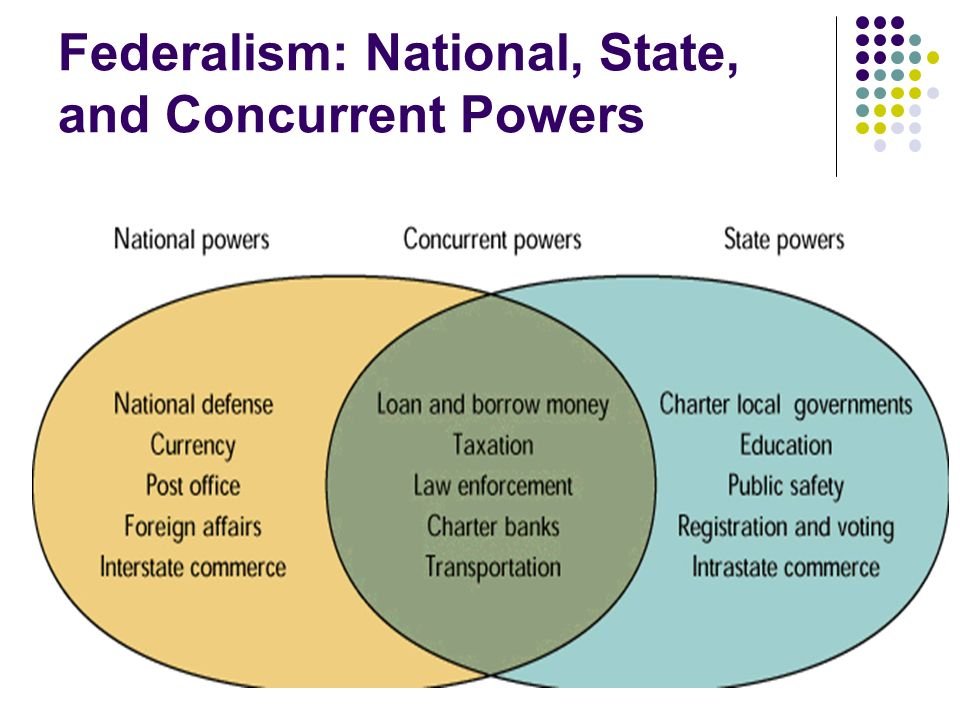Overview of Indian Federalism and its Judicial Approach
Indian Federalism and Judicial Approach
Federalism constitutes a complex governmental mechanism for governance of a country. Its has been evolved to bind into one political union several autonomous, distinct, separate and disparate political entities or administrative units. It seeks to draw a balance between the forces working in favour of concentration of power in the centre and those urging a dispersal of it in a number of units. It thus seeks to reconcile unity with multiplicity, centralization, with decentralization and nationalism with localism.
The Constitution of India establishes a dual polity in the Country, consisting of the Union Government and the State Governments. Article 1(1) of our Constitution says, “India, i.e. Bharat, shall be a union of States”. While, submitting the Draft Constitution, Dr. Ambedkar, the Chairman of the Drafting Committee, stated that “although its Constitution may be federal in structure”, the Committee had used the term ‘Union’ because of certain advantages. The fabric of the Indian federal system stands on three pillars, viz, a strong Central Government, flexible federal system and co-operative federalism.
The strength of the Centre lies in its large legislative and financial powers and in its emergency powers. The flexibility of the Indian constitution lies in the expedients adopted in the Constitution to mitigate the rigidity of the federal system and to increase temporarily the powers of the Central Government if the contemporary situation so demands.
Judicial Approach
In State of West Bengal v. union of India, AIR 1963 SC 1241, in which the issue involved was whether Union of India could acquire landed property belonging to states or states could claim immunity because of federal nature of the Constitution. It was held by majority that Indian Constitution is not federal.
In re Under Article 143, AIR 1965, SC 745, (Advisory jurisdiction of the Supreme Court), it was help by Indian Constitution is a federal constitution.
In Keshavanad Bharati v. State of Kerala, AIR 1973, SC 1461, some of the judges regarded federal character of the Indian Constitution as a basic strature or feature of the Constitution.
In S.R. Bommai v. Union of India, AIR 1994, SC 1918, nine- Judge Bench Judgment, Supreme Court held the proclamation issue under Article 356, in respect of States of Karnataka, Meghalaya or Nagaland are unconstitutional because they were mala fide and satisfaction of the President was not based on relevant grounds.
Bibliography
M.P JAIN- Indian Constitutional Law, 7th Edition, LexisNexis







![Call for Paper of RMLNLU Law Review [Volume XVI (2025-26)]](https://www.ourlegalworld.com/wp-content/uploads/2025/07/ORIGINAL-CFP.png)
